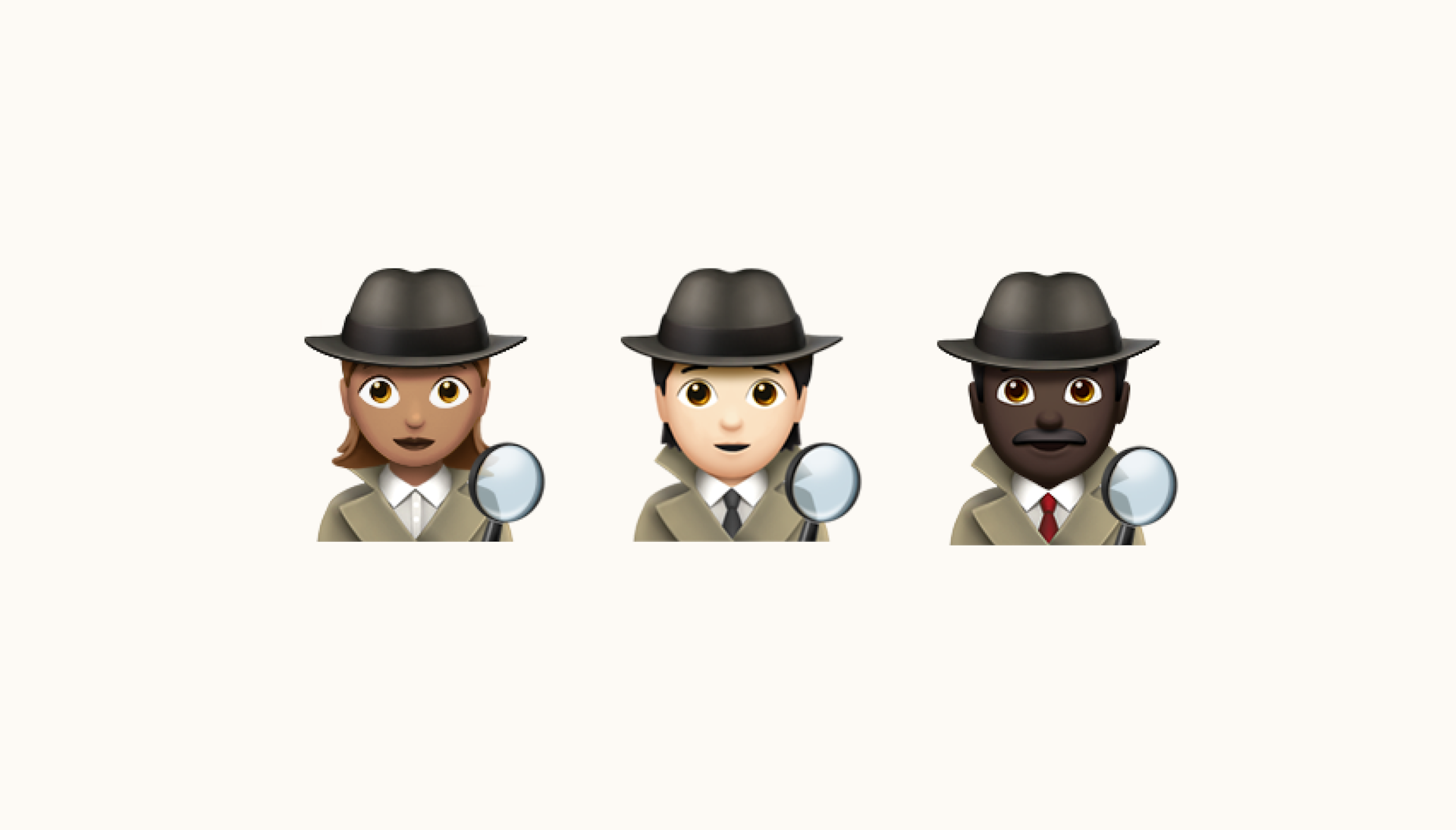Why Product Managers should act like detectives when solving product-market fit
By Wing Hoang - 5 September 2025
2 Min Read
What do Sherlock Holmes, Easy Rawlins and Miss Marple have in common with a Product Manager? They’re great detectives, of course. Willing to stop at nothing to solve the case in front of them. For Product Managers, that case is cracking the code on product-market fit.
As all great detectives know, the key to unlocking a case lies in finding three essential pieces of evidence. The same goes for Product Managers. Three pieces of evidence can be used to solve product-market fit: motive, means and opportunity.

1. Motive
First, find the archetypal motivation of your user. This should be a problem that the user is pathologically driven to solve.
Example: Facebook users want to tell or display news that is deemed valuable to their social groups.
Top tip: Motives should be more emotional than functional. If we want a product to stick, the product should make its user feel good completing a task. It’s positive reinforcement 101.
2. Means
Next up, you find the means. This is the tool, process or activity the user is currently using to solve this problem. Ask yourself: why did they pick that specific tool? Is it all they had access to? Can I simplify their experience?
Example: Facebook makes it super easy to tell a piece of news to an infinitely large social group. Before Facebook, you’d probably have to do 15 different things to tell most of your social group a piece of news. Now, you just post a status.
Top tip: Your product, should be simple, straightforward and purposeful. There should be no room for excessive bells and whistles.

3. Opportunity
There is when and where a user goes to solve their problem.
Example: Facebook is available on the go, on your mobile, or wherever you have internet access. If your users don’t have a chance to access your product, it won’t see the adoption it deserves.
Top tip: Make sure you get your product in front of the right people, at the right time, and at the right place. This is as relevant for marketing strategy as it is for product strategy. If your product can’t be used when it’s meant to, you’re doing it wrong.
Ok, so now you know what you're looking for. What next?
How to find the evidence and build an airtight case
1. User research. User research. User research.
Think of all the great detective shows you’ve watched. A large portion of time is dedicated to questioning suspects and witnesses. So get your detective on. Learn about your target user’s current experience solving their problem without your product.
How do they currently solve this problem?
Why do they want to solve this problem?
What tools do they use/invest in to solve this problem?
How much time does this currently take?
What frustrates them about solving this problem?
How expensive is it to solve this problem right now? Money, time and effort!
2. Test. Test. Test.
Don’t just stop at research. You have to build your case (or hypothesis). If you’ve done your detective work well, and your hypothesis is right, your users will behave pretty closely to how you imagined they would.
Case closed?
Not a chance. Product-market fit is just the beginning. Now you need to deliver the ultimate case: bringing the product to market.